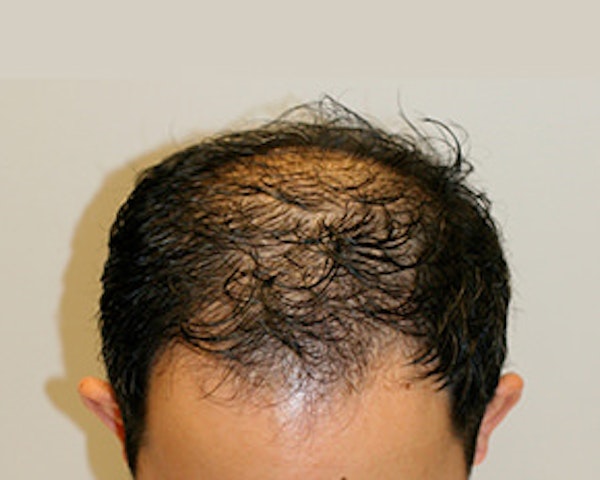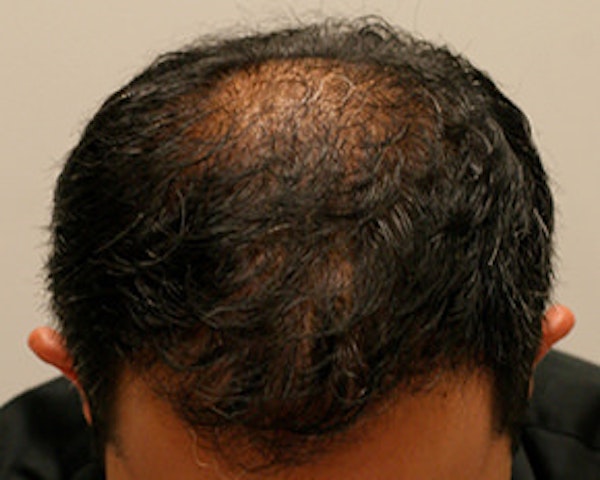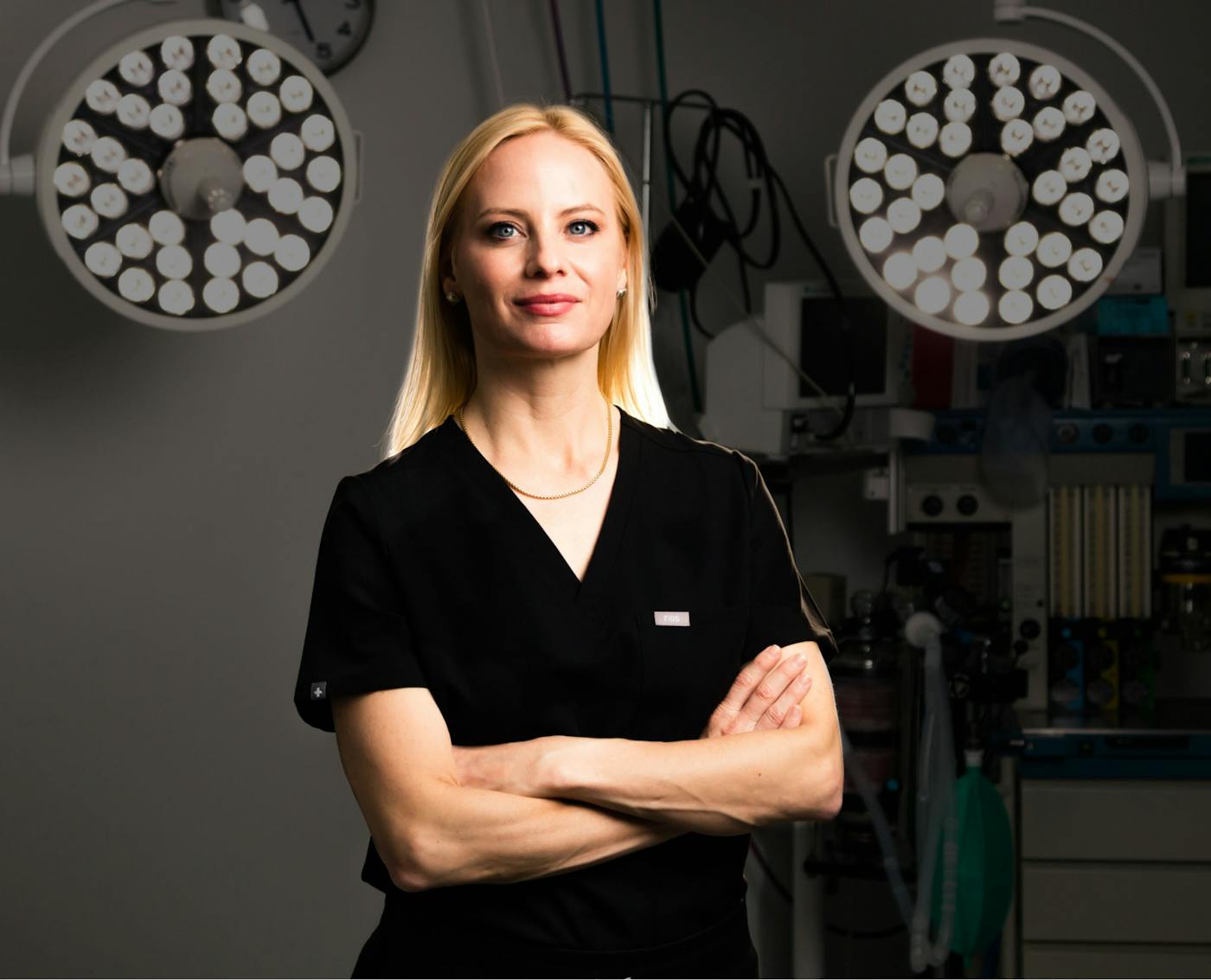Dr. Hessler offers advanced hair transplant techniques that can restore natural-looking, strong hair.
What Are The Benefits of a Hair Transplant?
Hair transplants offer several benefits for individuals experiencing hair loss or thinning. Here are some key advantages:
- Natural Appearance: Transplanted hair looks and behaves like natural hair, providing a seamless and realistic result.
- Permanent Solution: The transplanted hair is typically permanent, making it a long-lasting solution to hair loss.
- Improved Confidence: Restoring a fuller head of hair often leads to increased self-esteem and confidence in one's appearance.
- Customizable Results: Surgeons work with patients to create a customized plan, ensuring the desired aesthetic outcome and addressing individual concerns.
- Low Maintenance: Transplanted hair requires no special maintenance; it can be washed, styled, and treated just like natural hair.
- Minimal Downtime: Recovery time is relatively short, allowing individuals to return to their normal activities within a week.
- Natural Hairline: Modern techniques, such as FUE and FUT, enable surgeons to create a natural-looking hairline that complements the patient's facial features.
Hair transplants, with their combination of natural results and lasting effects, provide a transformative solution for those seeking to regain a fuller head of hair and boost their overall well-being.








